When Samsung launched the Android-based Galaxy Camera, it seemed like it was only a matter of time before it made a smartphone with a zoom lens. And it was.
Part smartphone, but mostly camera, the Samsung Galaxy S4 Zoom is aimed at those who really don’t want to carry a second device, but really want a zoom lens (a 10x f3.1-6.3 24-240mm one, to be specific) and don’t mind bulging pockets to get it.
But, does having a “real zoom lens” make it better than its fixed focal length lens competition? Well, to answer that, I took the S4 Zoom, a regular S4, an HTC One, a Nokia Lumia 1020, and an Apple iPhone 5 out to take some basic shots to see just how it measures up.
When looking over the shots below, please keep in mind that each of these cameras shoots at different resolutions, and has different lenses and capabilities. This means that, while I did my best to be consistent with framing and conditions, they won’t match up perfectly. Also, the cameras were all set to full auto to keep things simple, and because that’s really all that’s available on the iPhone 5 without resorting to third-party apps.
Lastly, each of the images can be clicked on for viewing at full size. These are large images, though, so you may want to right-click and either save or open in another tab/window. If you do click and open the image, head to the lower-right corner to close the image.


Joshua Goldman/CNET
To kick things off, what you see above are 100 percent crops from our camera test scene taken with the S4 Zoom across its ISO sensitivity range. It basically performs like a low-end to midrange point-and-shoot: good with plenty of light, but with increased softness and noise as you go above ISO 200. To its credit, it does well up to ISO 800, which gives it an edge compared with many smartphones.
Studio scene
Samsung Galaxy S4 Zoom


Joshua Goldman/CNET
Nokia Lumia 1020


Joshua Goldman/CNET
Apple iPhone 5


Joshua Goldman/CNET
HTC One


Joshua Goldman/CNET
Samsung Galaxy S4
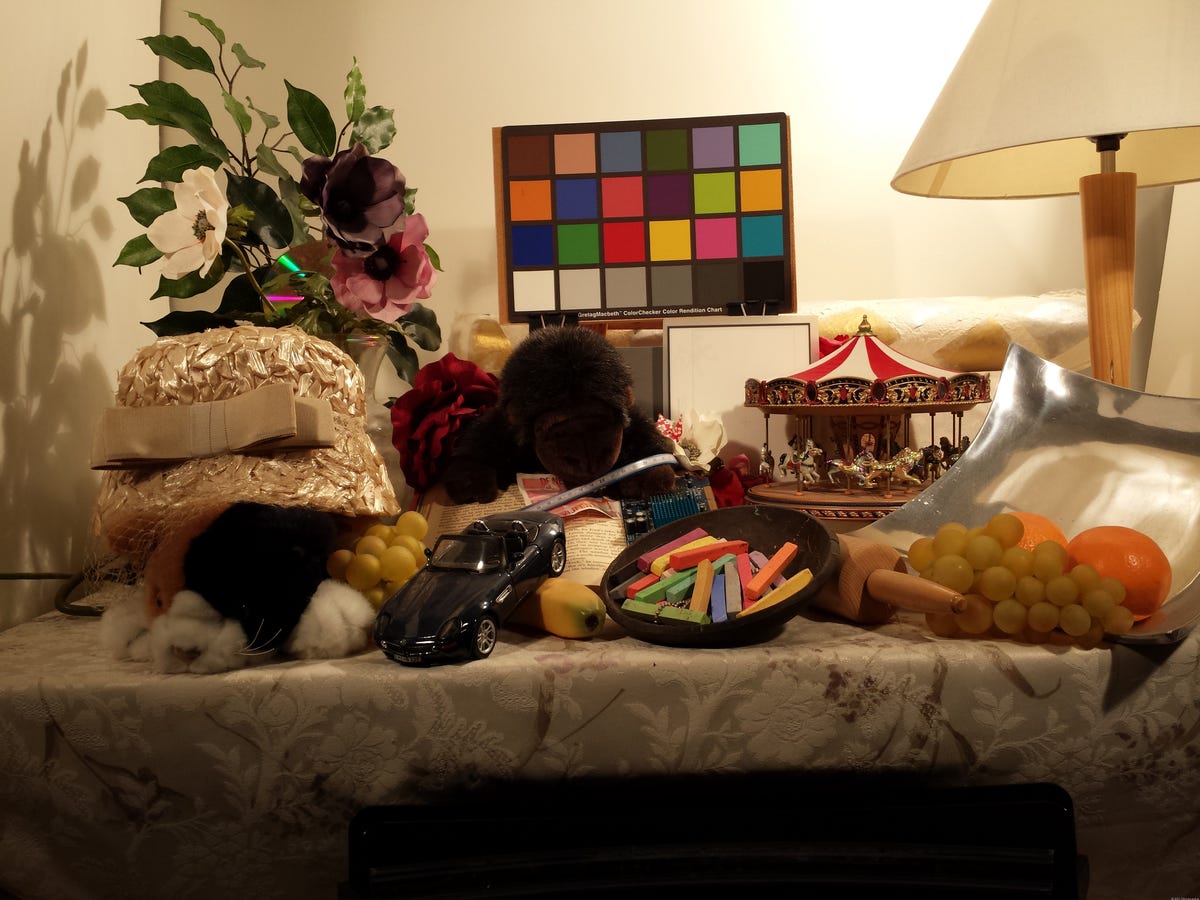

Joshua Goldman/CNET
These are shots of the scene we use for camera testing. The S4 Zoom, 1020, and One picked ISO 100, while the iPhone and Galaxy S4 went with ISO 50. When viewed larger, the 1020 definitely turned out the best results as far as fine detail and noise are concerned. Exposure and white balance aren’t great from any of them, though.
Zoom


Joshua Goldman/CNET
Samsung Galaxy S4 Zoom


Joshua Goldman/CNET
Nokia Lumia 1020


Joshua Goldman/CNET
Apple iPhone 5


Joshua Goldman/CNET
HTC One


Joshua Goldman/CNET
Samsung Galaxy S4


Joshua Goldman/CNET
These are all shots using the optical zoom of the S4 Zoom and the digital zooms of the other phones. All of the shots were taken from the same position as the wide-angle shot at the beginning of this section, which was taken with the S4 Zoom. (Here are links to the other wide shots in case you’re curious: One, iPhone 5, Lumia 1020, and S4.)
I’m not really sure what to say here other than this proves why — regardless of how good the digital zoom is — an optical zoom is better for getting closer to your subject without destroying detail.
Bonus: S4 Zoom vs. Lumia 1020


Joshua Goldman/CNET
For all of Nokia’s talk of a better digital zoom, it’s still digital and can’t do all that you can do with an optical zoom. While a zoom lens can bring you closer to a distant object, it also gives you more framing options without greatly hurting image quality. This is important for things like portraits, where using a wide-angle lens can result in distorted faces.
Using different focal lengths changes the relationship between the subject and the background. In the photos above, you can see with the 1020 (top picture) the background looks far away, whereas the shot from the S4 Zoom (bottom) the distance is shortened. This also results in more background blur, which is nice for getting rid of distracting backgrounds.
Close up
Samsung Galaxy S4 Zoom


Joshua Goldman/CNET
Nokia Lumia 1020


Joshua Goldman/CNET
Apple iPhone 5


Joshua Goldman/CNET
HTC One


Joshua Goldman/CNET
Samsung Galaxy S4


Joshua Goldman/CNET
All of the phones handle macro shots well. The iPhone 5 is high contrast, which really makes it pop, but looks completely unnatural to me. The HTC One is oversharpened and the color is off, though on the device’s screen it looks very good. Again, the Lumia turns in nice fine detail, but the color is wrong and it looks slightly overexposed. The S4 and S4 Zoom are the most pleasing and have enough usable resolution that you can enlarge and crop in some before you start to see mushy details and artifacts.
Low light
Samsung Galaxy S4 Zoom


Joshua Goldman/CNET
Nokia Lumia 1020
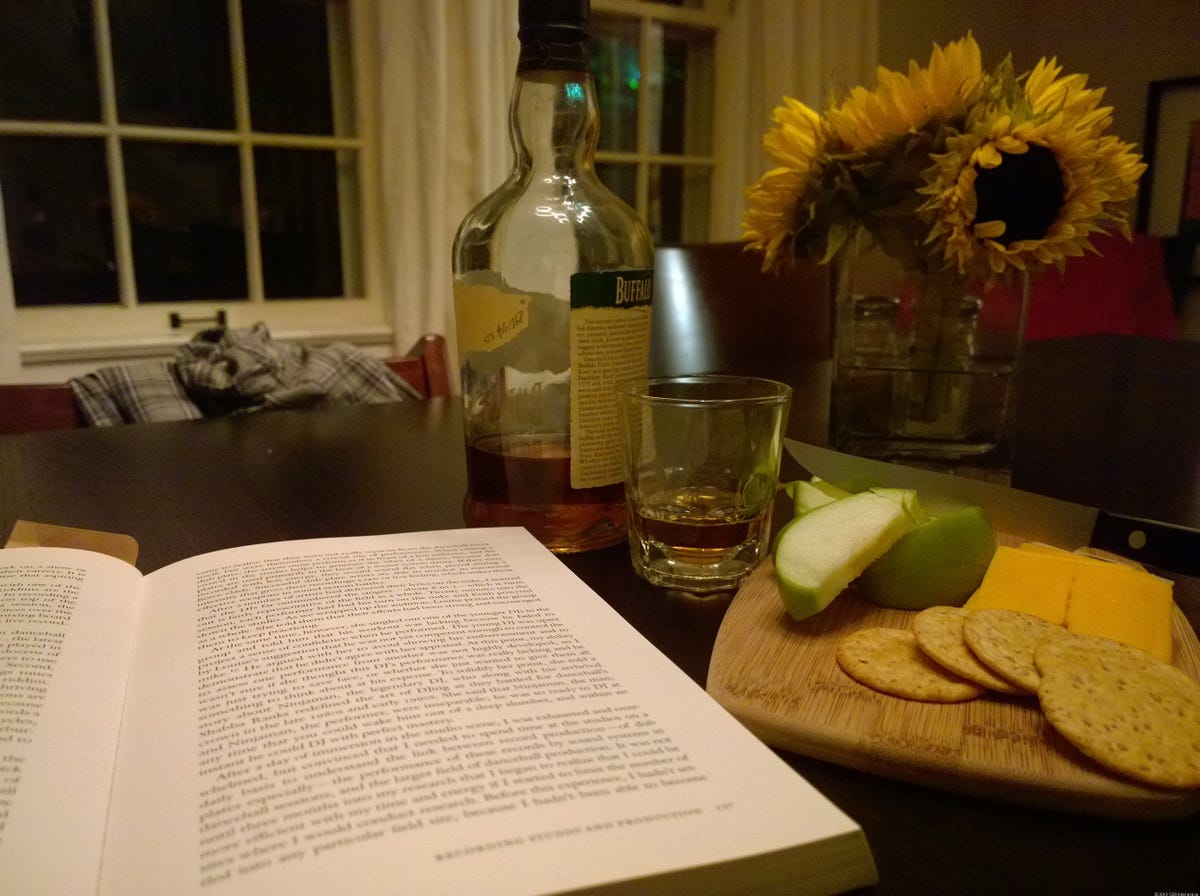

Joshua Goldman/CNET
Apple iPhone 5


Joshua Goldman/CNET
HTC One


Joshua Goldman/CNET
Samsung Galaxy S4


Joshua Goldman/CNET
The Lumia 1020 continues to impress me with the amount of detail and low noise at its higher ISO settings (this was at ISO 800). Both the S4 and S4 Zoom did well, but the cameras have a Night mode that actually works better for shots like this. Photos look softer when you use it, but there’s less noise and better color.
The iPhone 5 and HTC One are OK. Shot at ISO 800 and ISO 635, respectively, the One has the edge when it comes to detail and noise, but it has some color issues. The iPhone 5 has better color, between the two at least, but fails on noise and detail. This is probably where it’s starting to show its age the most.
Color indoors
Samsung Galaxy S4 Zoom
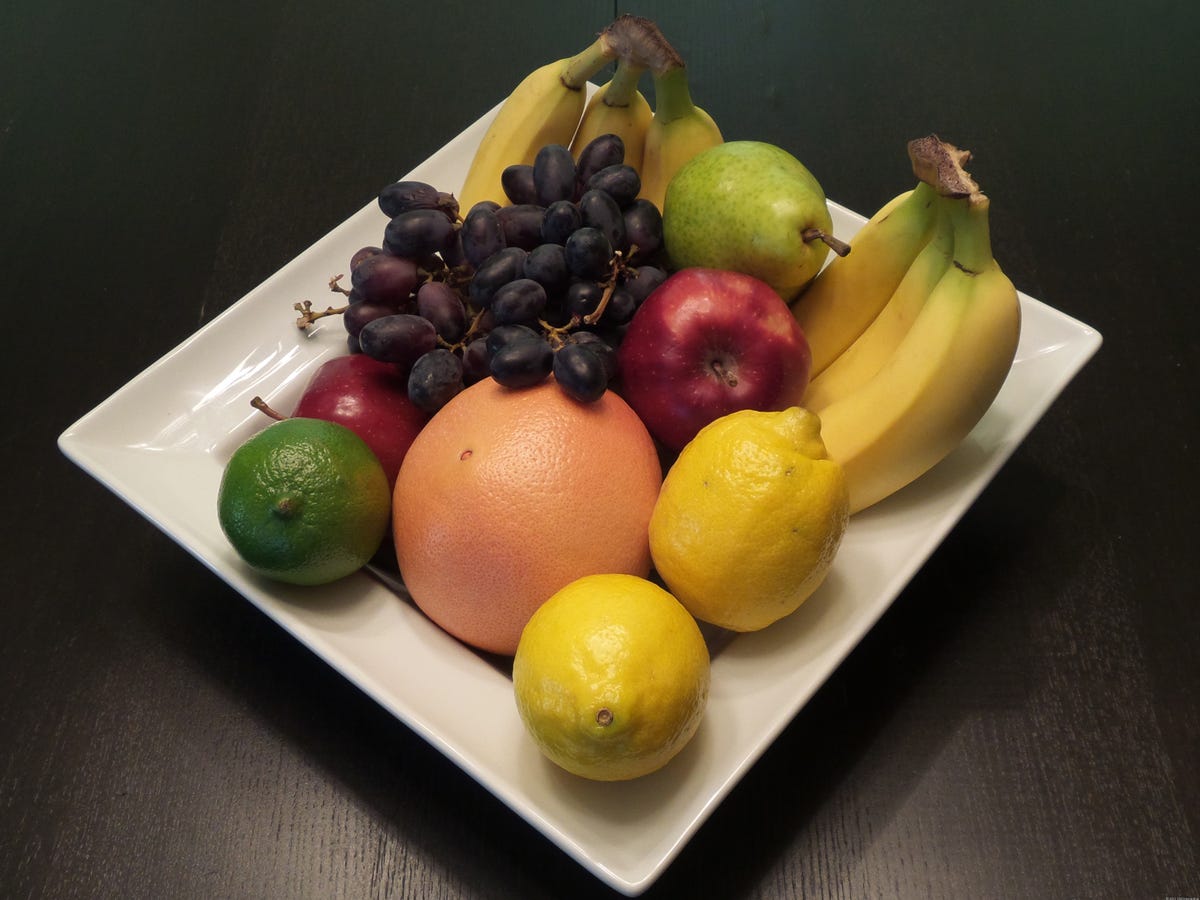

Joshua Goldman/CNET
Nokia Lumia 1020


Joshua Goldman/CNET
Apple iPhone 5
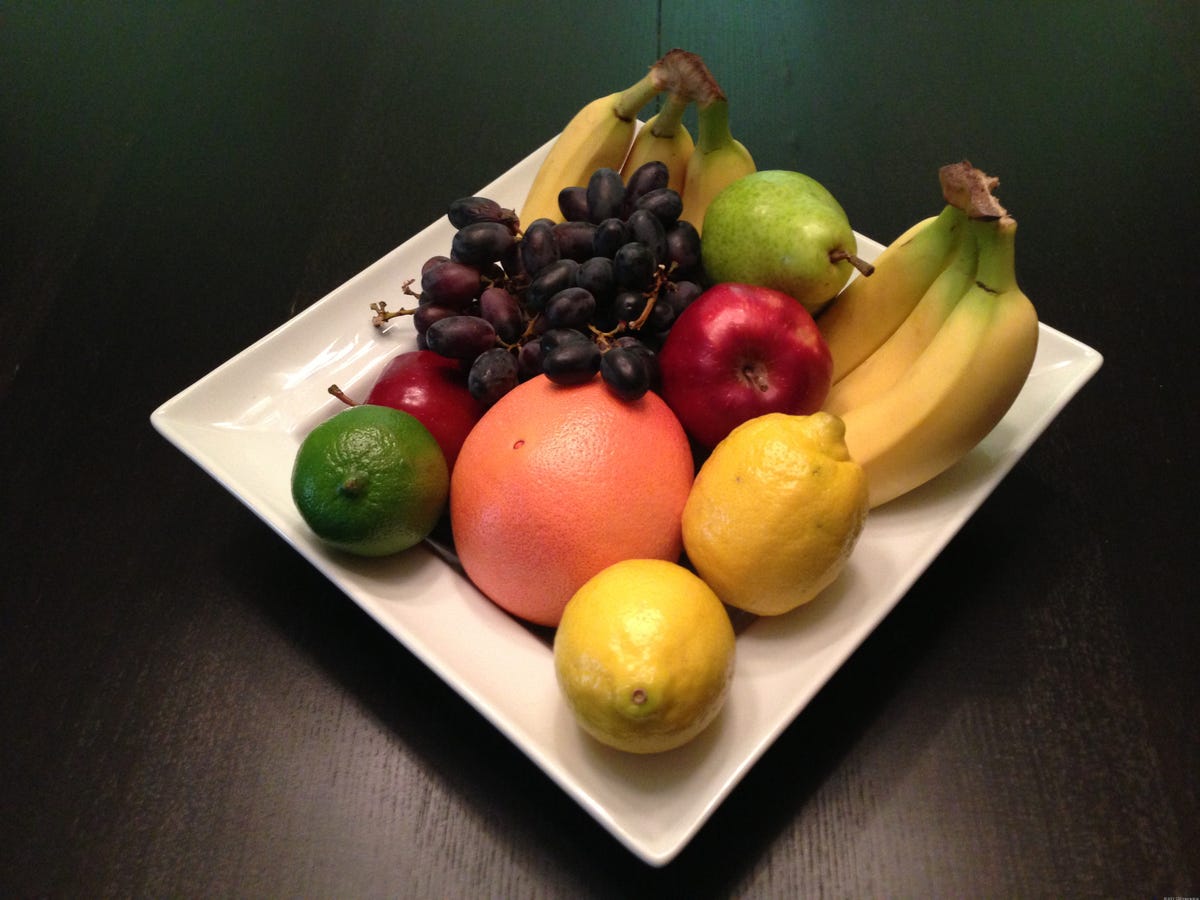

Joshua Goldman/CNET
HTC One


Joshua Goldman/CNET
Samsung Galaxy S4


Joshua Goldman/CNET
Unlike the low-light shots above, these were shot under bright direct incandescent light. Focus was on the pink grapefruit. The Lumia 1020’s white balance was off (even when I switched it to incandescent), the S4 overexposed some, but is otherwise good, and the S4 Zoom and HTC One turned in good results, too. For what it’s worth, the Zoom’s the only one that reproduced the grapefruit accurately. The iPhone 5’s colors give me a headache.
Color outside
Samsung Galaxy S4 Zoom


Joshua Goldman/CNET
Nokia Lumia 1020


Joshua Goldman/CNET
Apple iPhone 5


Joshua Goldman/CNET
HTC One
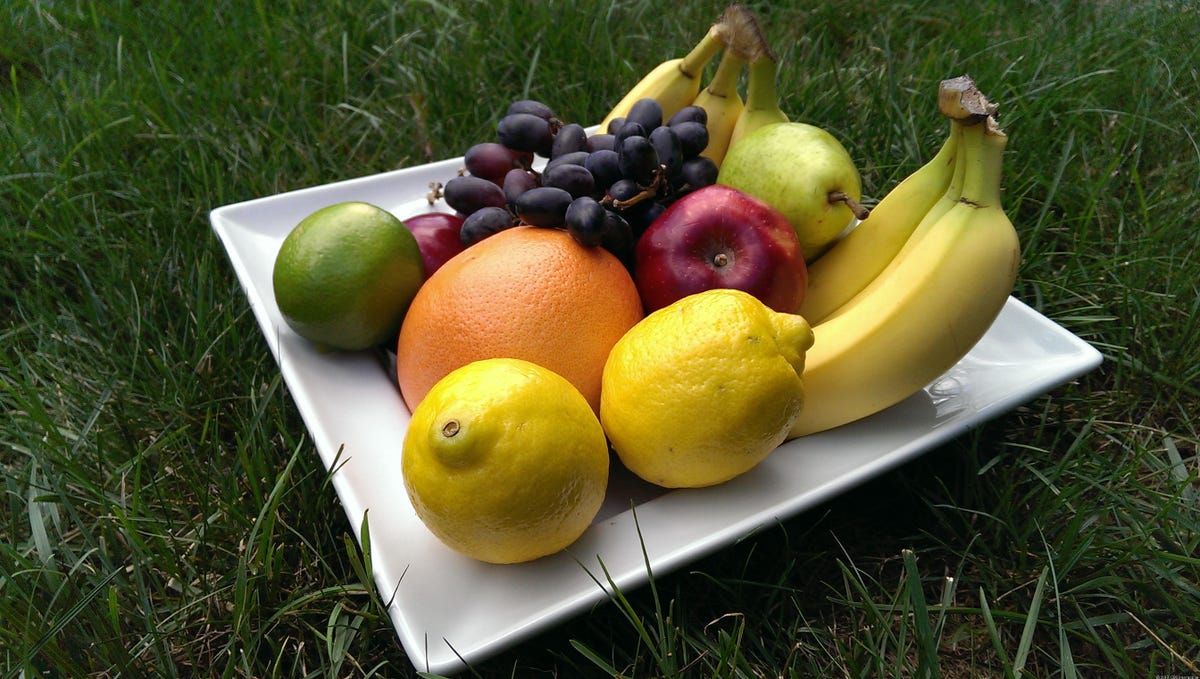

Joshua Goldman/CNET
Samsung Galaxy S4
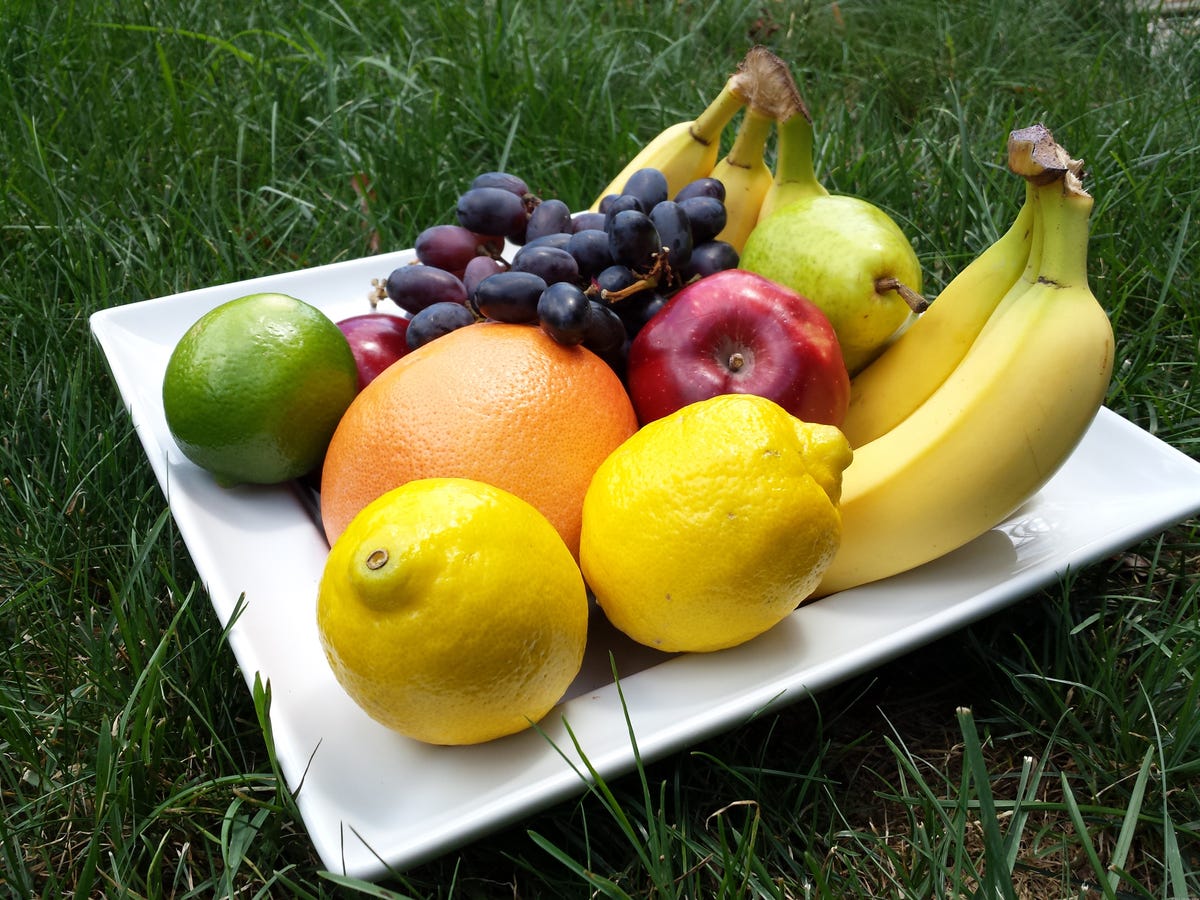

Joshua Goldman/CNET
This is really an easy one because, for the most part, all of these phones do well outdoors in bright conditions. The grapefruit did appear more orange outside, but not nearly as orange as Apple would like you to believe. /p>
Conclusion: Does it really matter?
When the Samsung Galaxy S4 Zoom was announced, I did not think this was a step forward for smartphone photography. And I still don’t.
Though I see the appeal of having an optical zoom on something I carry with me everyday, the S4 Zoom isn’t a good enough camera to make it worth buying, especially not as a primary smartphone. Now, that doesn’t mean it’s a bad camera that takes bad photos, because it’s not. As you can see from the results above, it’s as good as, if not better than, other smartphones, and the zoom lens gives you shooting flexibility not previously available with a phone.
But it’s definitely a compromise, and if you want a long zoom lens, you’re still better off buying something like the Sony WX300, which is so small and light that keeping it in your bag isn’t really an issue; it charges over Micro-USB; has excellent battery life; has twice the zoom range of the S4 Zoom and is faster with better photo and video quality; and has built-in Wi-Fi so you can still quickly share on the go directly to your smartphone.
Now, as far as how all the phones measure up to each other, all of them have their pluses and minuses. Overall, the Nokia Lumia 1020’s photos have the best fine detail, least amount of noise, and its low-light results are excellent. It’s also a bit of a pain to use, and if you’re shooting with the Pro Cam lens, it’s very slow between shots.
Both the Samsung smartphones are very good, too, and, unless you’re expecting better photo quality than a basic point-and-shoot, you probably won’t be disappointed. The Zoom is the most like a standalone camera here, so I can’t say I’m surprised that it did well.
The HTC One did OK overall, but the colors and white balance were disappointing when not viewed on the device. That’s a shame because of all of them, I enjoyed using the One the most because it launched quickly, focused and shot fast, and its settings were easy to navigate.
Lastly, despite its age, the iPhone 5 still takes a very good snapshot and it’s the easiest to use. It’s only really in low light that it’s at a disadvantage to all of the other devices here, assuming you like all of the other results here.



